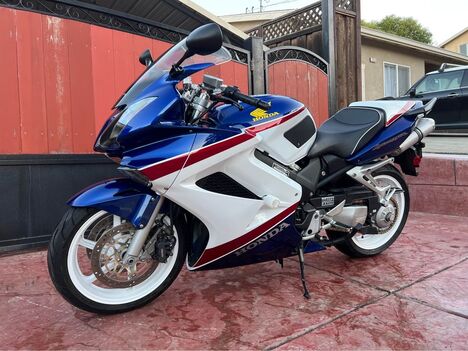 Click on image for the Marketplace ad
Click on image for the Marketplace ad Where: Castro Valley, California
Why: Well-farkled, well-loved, low mi.
Price: $6900
I normally won't feature bikes here which push the price envelope much above the market, but there's more here than meets the eye. For starters, this example shows only 4400 miles and sports my personal must-have Anniversary mod: white wheels. But wait, there's more….
The list is tasteful, including SBK exhaust, Sargent seat with white piping, Heli-bar risers, ASV levers, color-matched side cases and even color-matched crash bobbins. The mature owner describes the bike as "original owner bike in collectible/showroom condition."
The Anniversary Edition models have finally come into their own, with values holding at $5000+ for nice examples. This one is a cut above "nice" and our seller has priced it accordingly. It seems to me that if one is interested in this model, this is what one should be searching for. I would be proud to have this one glistening in my garage.




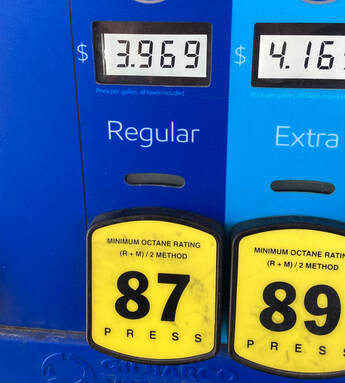





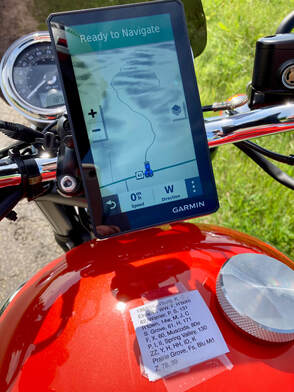


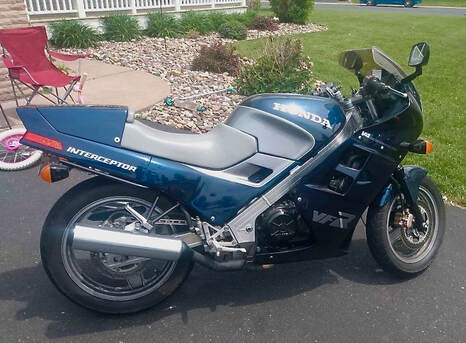
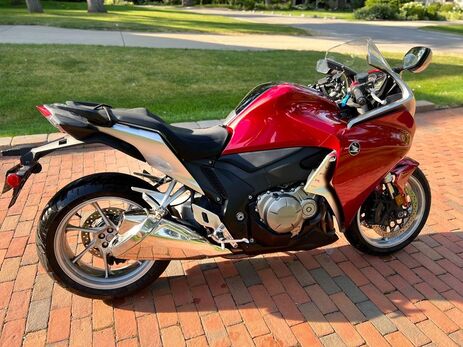


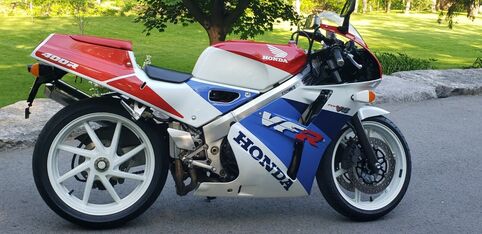




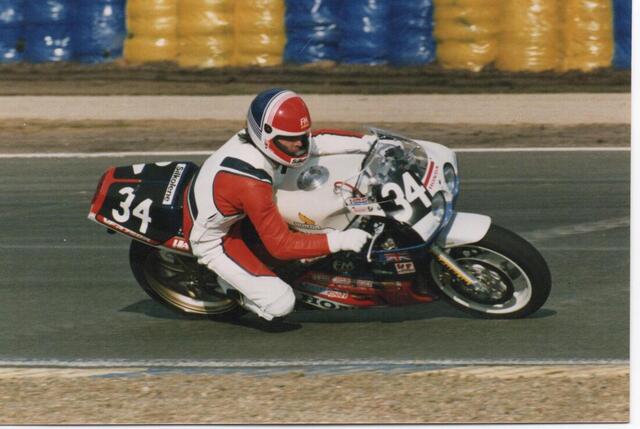



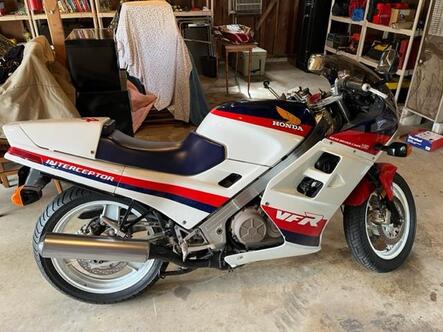
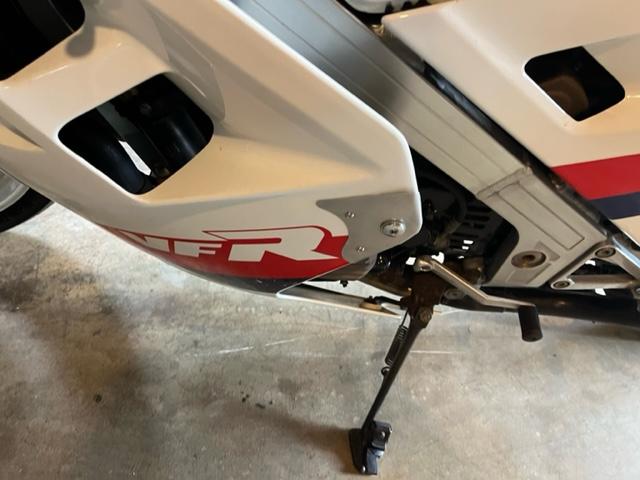


 RSS Feed
RSS Feed